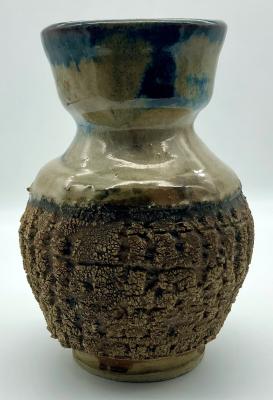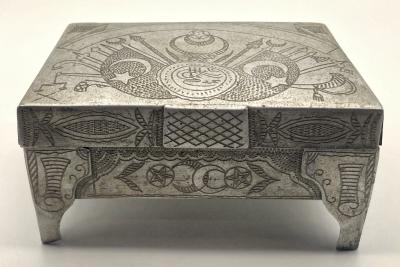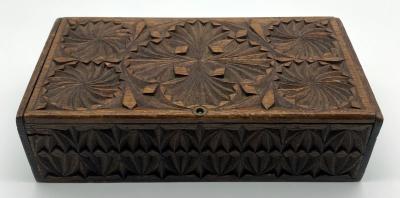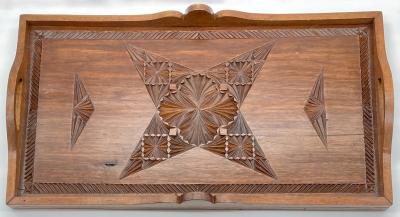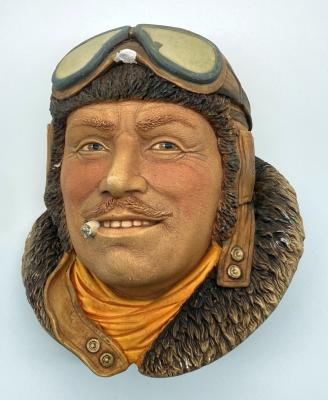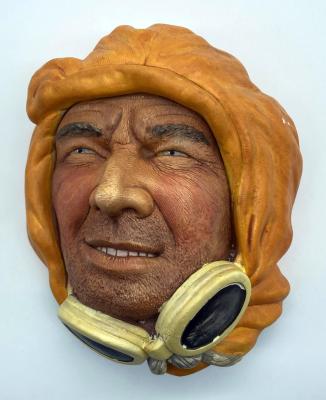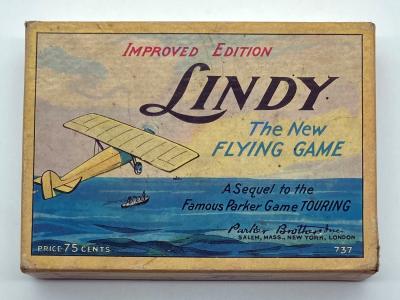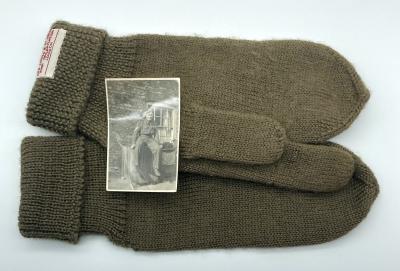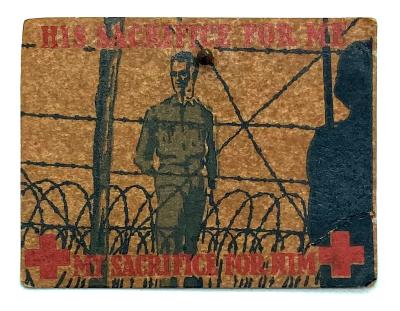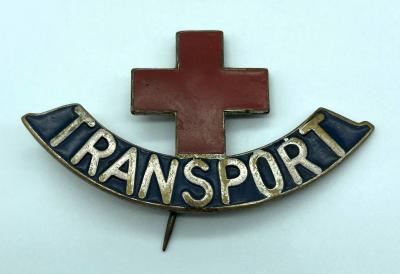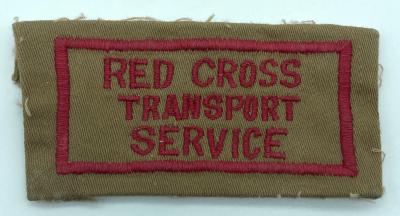Video showing Norman Wilkinson and fellow blinded soldier, Adam Williams, making ashtrays.
Pottery ashtray made by blinded Australian soldier, Norman Wilkinson
1948Pottery ashtray with ribbed sides and blue ceramic glaze made by blind and deaf Australian soldier, Norman Wilkinson. It has a flat, circular form with a central opening.
On the undersurface, the signature of Norman Wilkinson and the date are written underneath the glaze.
Norman Wilkinson was a 20 year old labourer when he enlisted with the 5th Australian Infantry Training Battalion on 6 March 1941. His service number was NX69213.
Norman served in the Middle East with 2/1st Battalion before attending 16th Australian Infantry Brigade Drivers and Maintenance Motor Transport School where he qualified as a Driver Mechanic. His unit was sent to New Guinea and while on the Kokoda Trail, he contracted scrub typhus.
While being treated, the hospital was bombed by the Japanese and he was thrown from his bed and seriously injured, being unconscious for 6 weeks. When he woke, he was both blind and deaf.
He spent time in the Lady Wakehurst Red Cross Home in Bondi and the Repatriation General Hospital Concord (113th Australian General Hospital). Whilst there, he was taught both sign language and braille, and learned to type on a typewriter with braille fitted to the keys. He later attended pottery classes at Sydney Technical College and set up a shop to sell his wares.
His story was told in a Repatriation Department book entitled 'Blinded but not beaten', a copy of which is in the library.
When purchased, this ashtray was described as a posy vase. It could be used for that purpose. However, in the video attached to this record, Norman is seen making identical items and they are described as ashtrays.
Another work of pottery created by blinded soldier, Bill Reid, who was also taught at the Repatriation General Hospital Concord is held in the collection.
Details
Details
"Norman Wilkinson
1948"
Related Objects
Related Objects
Other items from Recollections of War
- Pottery vase made by blinded Australian soldier, Bill Reid
- Ottoman trench art aluminium cigarette box made by POW in India
- Chip carved cigar box made by ALH Trooper John Hodgskiss
- Chip carved tray made by ALH Trooper John Hodgskiss
- Painted chalkware wall hanging depicting Royal Flying Corps pilot 1917
- Painted chalkware wall hanging depicting an early Arctic explorer
- 'Lindy: the new flying game' card game
- 'The Fledgelings' card game
- Pair of knitted mittens sent to British POW, John D. McComiskey
- Red Cross cardboard fundraising pin for prisoners of war
- Australian Red Cross Society NSW Division Transport badge
- Australian Red Cross Society Transport Service cloth insignia
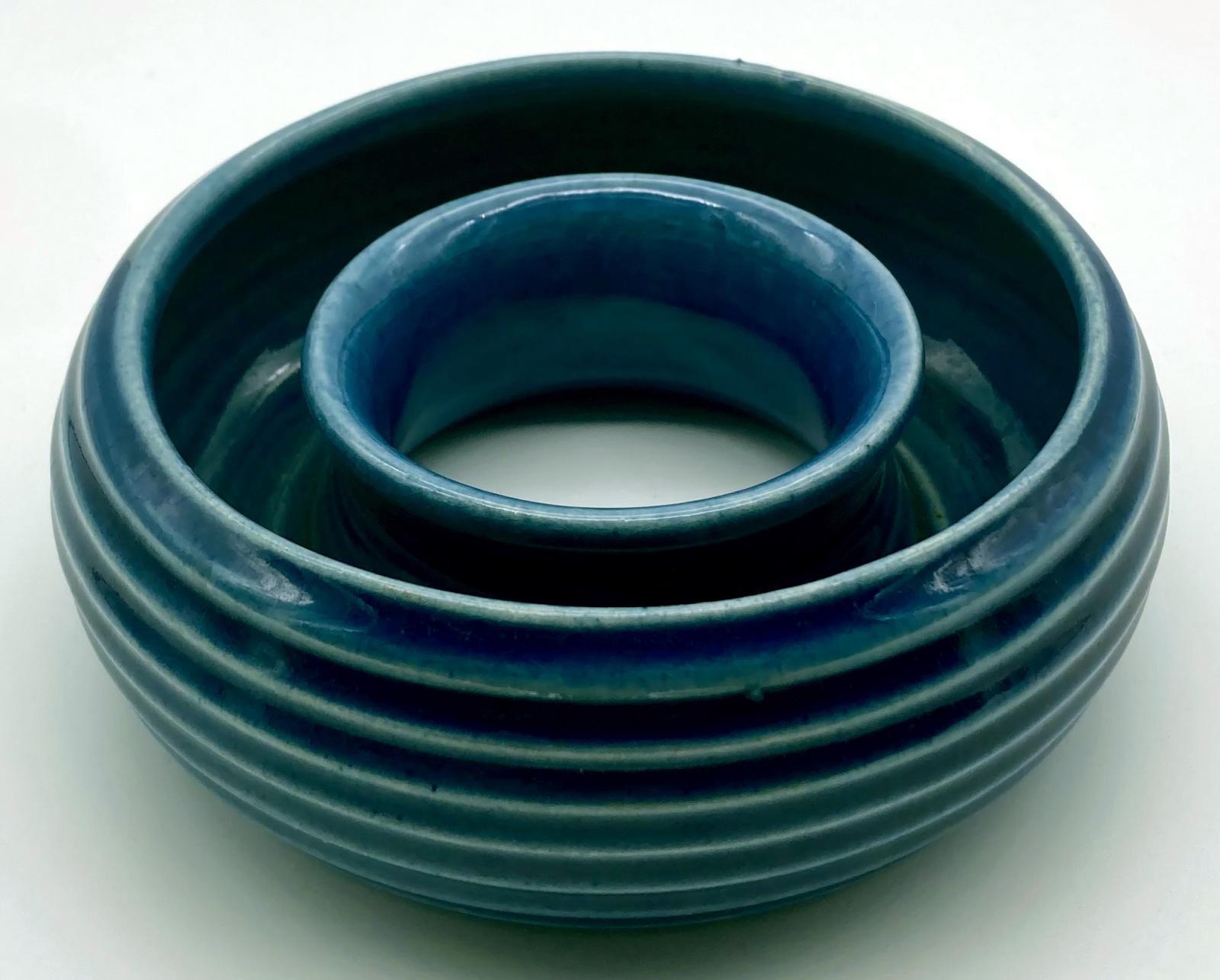
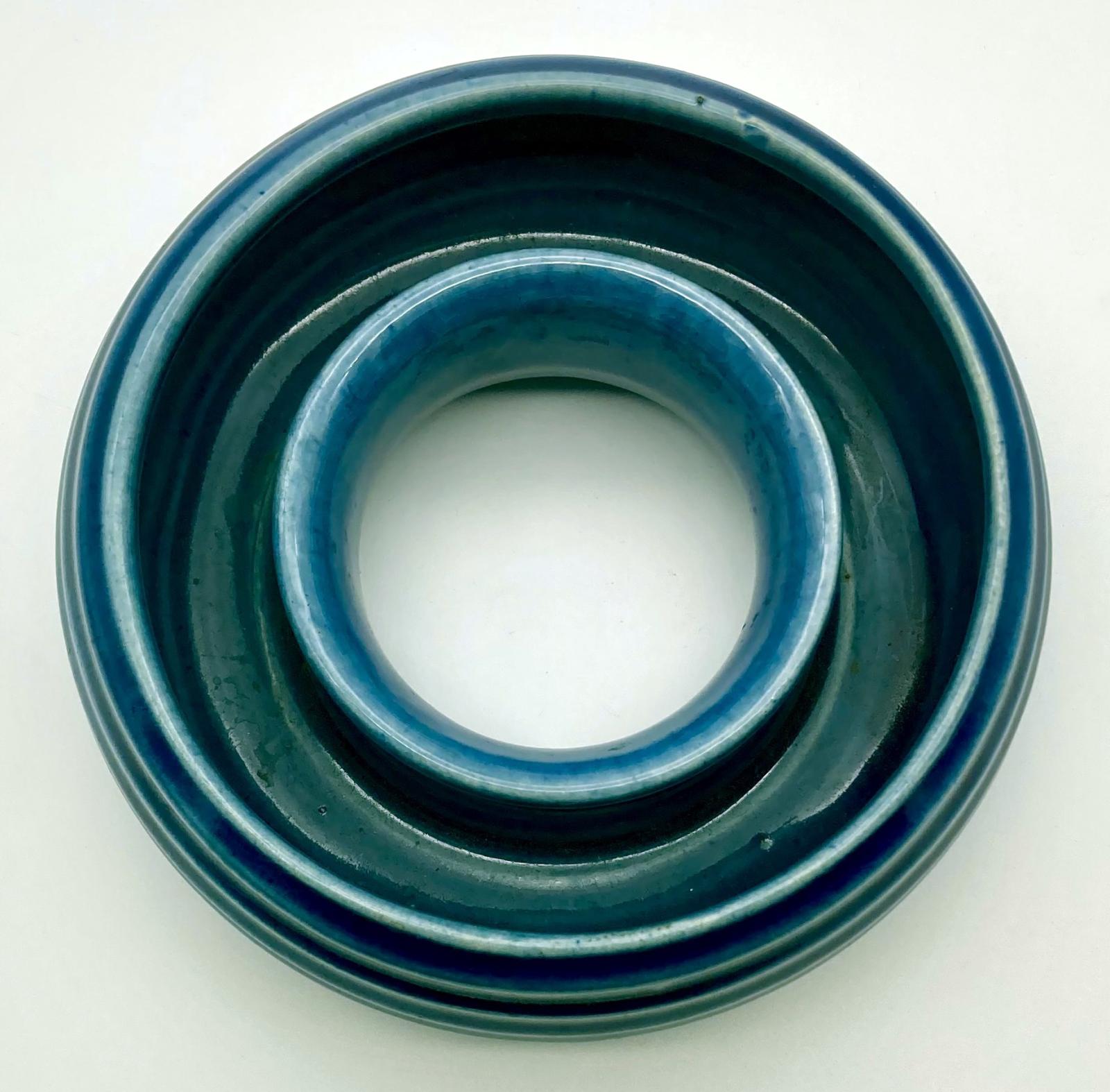
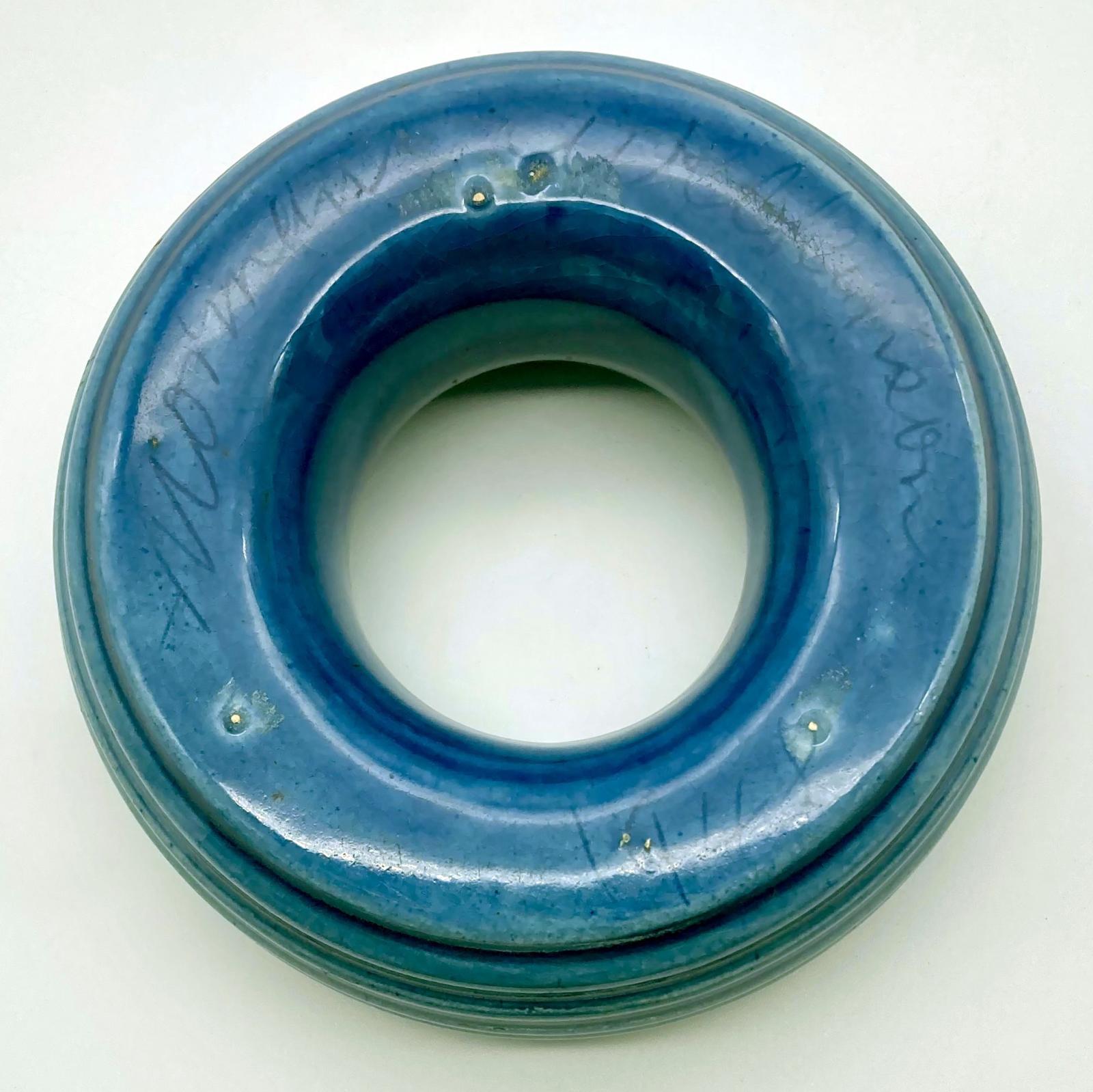
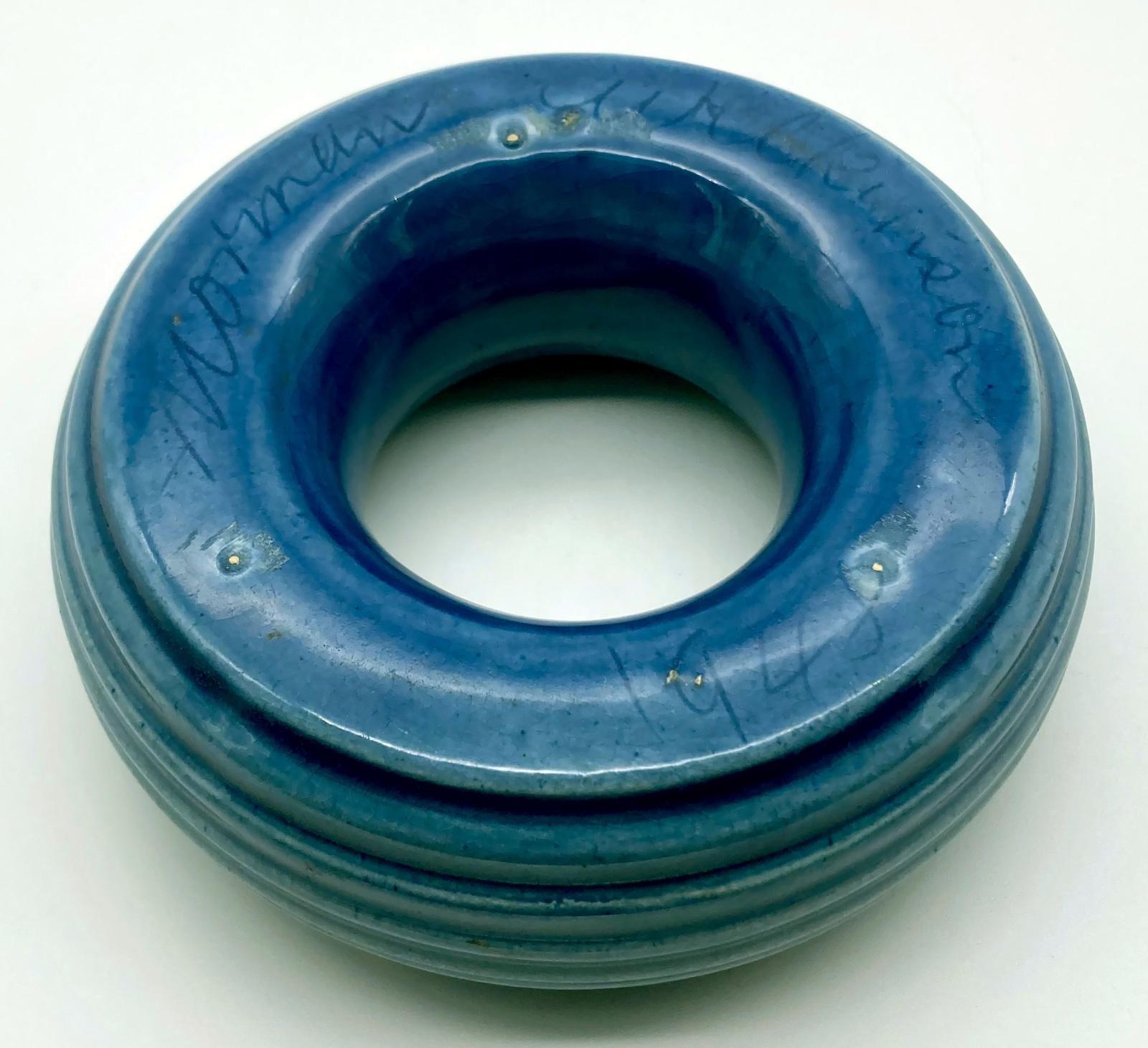
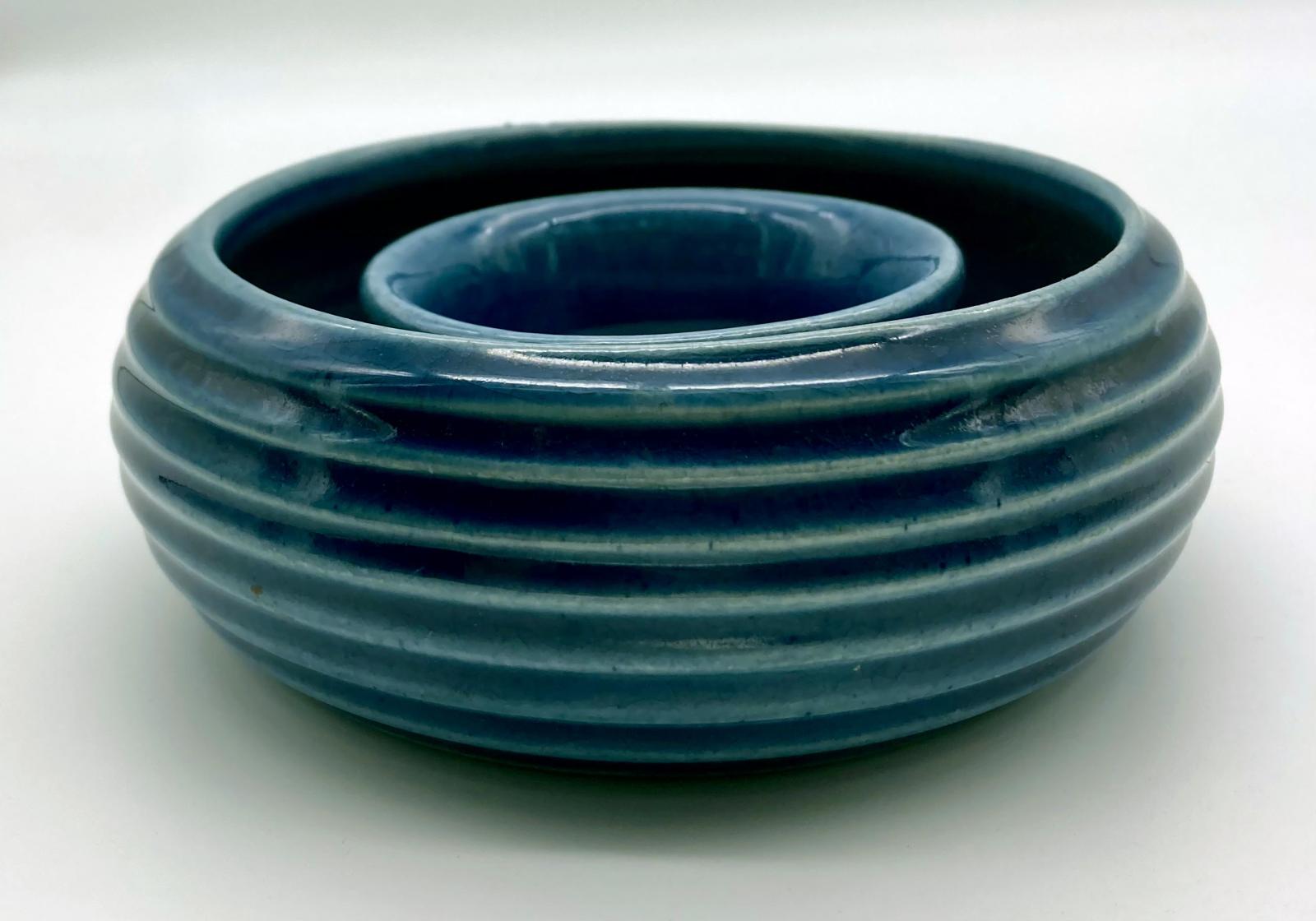
Scan this QR code to open this page on your phone ->

